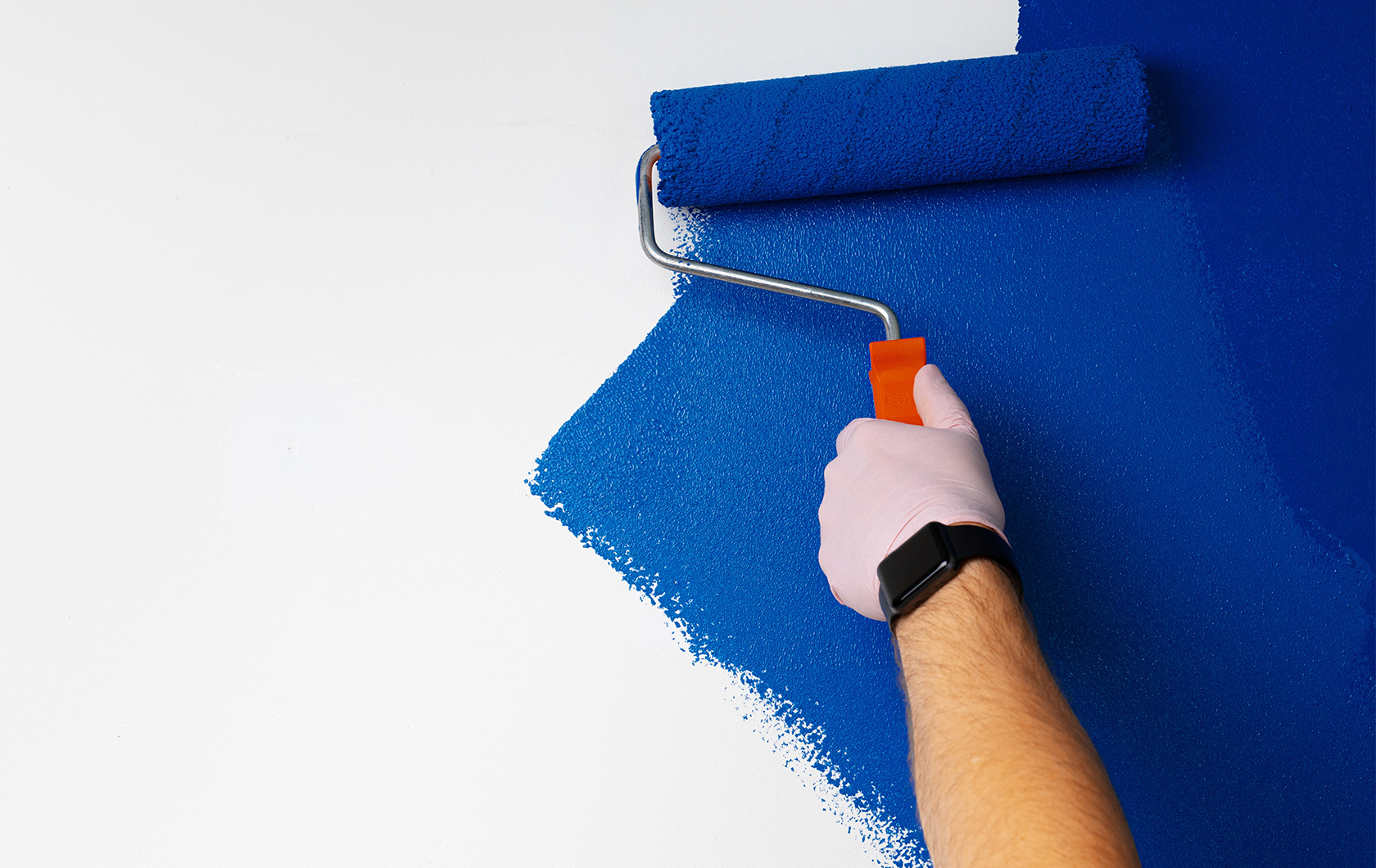
Whether you’re just starting out in your career as a painter and decorator or you’ve been doing it for years, good quality paint rollers are an essential tool of the trade. There’s never been as much choice available so in this article we’ll take you through the different options and show you which rollers are best suited to which applications as well as giving you a handy overview of paint roller sleeves.
Roller sizes
Rollers are available in a full range of sizes with the most common ones for wall decoration being 7 – 9 inches. Unlike DIY paint rollers all professional trade rollers use a larger 1.75” roller sleeve which allows more paint to be loaded on the roller. This greater volume helps professionals to spend more time painting and less time reloading their roller.
Below are some of the less common roller sizes and their uses:
2 – 2.5” rollers
These tiny rollers are a great choice for window frames, window sills and other narrow applications where you need to achieve a smooth finish.
4 – 6.5” rollers
Where you need to work in a confined space or need a fine detail this range of mini rollers is a great choice. These rollers are commonly used for gloss work on wooden surfaces and can also be used for external applications.
12 – 15” rollers
For commercial applications and where you have a large wall area to cover, these wide rollers are the ideal choice and offer great coverage in a very short amount of time.
18 – 24” rollers
Designed originally for the marine trade, these extra wide rollers are best suited for use on floors and allow large surfaces to be covered with ease.
Paint roller sleeves
Whether you’re painting the outside of the house, glossing a door or laying emulsion in a bedroom, choosing the right roller sleeve will make your job a lot easier. Below is a brief outline of the different materials available and the applications that they’re best suited to.
Polyester
This is a hard wearing fabric that is very common and seems to be the standard these days. It can be uses for all dispersion and binding paints.
Polyamide
The next level up polyamide has great paint pickup and release and very low fibre loss. It is great for use with all types of quality trade paints.
Micropoly
This is best suited for thin coatings such as stains, primers, lacquers and latex paints.
Foam
Foam is best suited for gloss paints and undercoats and offers a very smooth finish, can also be used with water based or solvent based paints and acrylic lacquers.
Sheepskin
A very traditional sleeve material and one which still offers great pickup and release as well as a fine finish for all types of emulsion.
